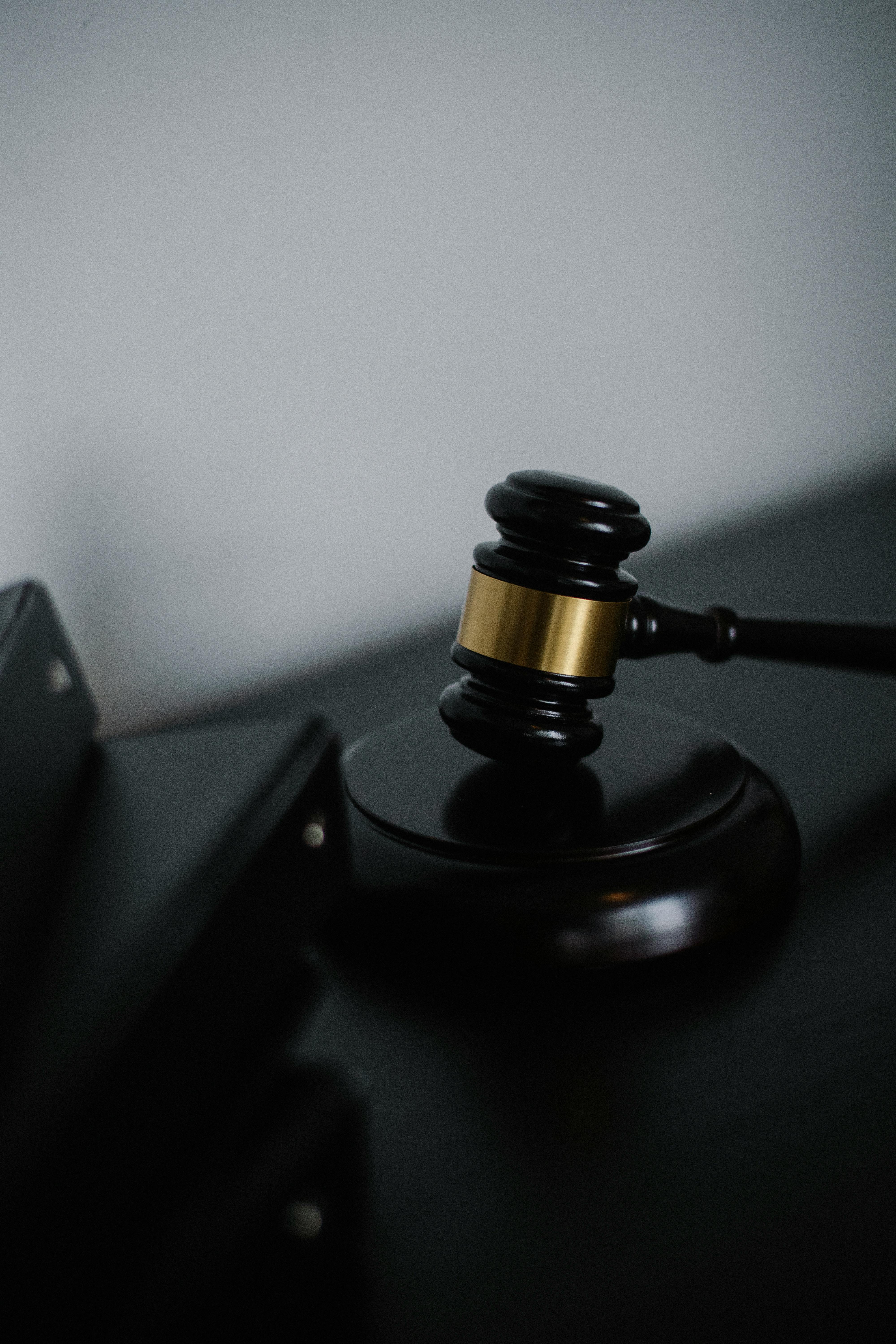By Ethan Cole | Legal Strategy Analyst
Digital Evidence and AI: Who Really Owns the Truth in Court?
In the age of algorithms, the courtroom has become a data battlefield. Every message, click, and biometric trace can now stand as evidence — not because a human saw it, but because a machine did. Artificial intelligence has entered the witness stand, and the law is scrambling to define what truth really means.
For centuries, justice was built on human credibility — the sworn oath, the testimony, the eyewitness. But in 2025, truth is often computed rather than recalled. AI models decide what counts as authentic, relevant, or trustworthy. Judges no longer question just witnesses — they now question the algorithm itself.
This transformation raises a fundamental legal paradox: when data becomes evidence, who controls its integrity — the developer, the defendant, or the law? The more sophisticated our AI tools become, the harder it gets to separate accuracy from authority.
The Digitalization of Truth
Digital evidence has evolved beyond documents and devices. It now includes algorithmic predictions, neural network outputs, and synthetic data simulations — forms of “machine testimony” that traditional legal systems were never designed to handle. Courts around the world are being forced to decide whether code can be cross-examined.
In 2024, a landmark case in California set precedent when an AI-based forensic system identified a suspect based on voice pattern recognition. The defense argued that the algorithm’s logic was proprietary, inaccessible for inspection — effectively making it a black box witness. The judge’s decision? Allow the evidence, but flag the verdict for appeal. The truth, it seems, had become negotiable.

AI as Evidence: The New Rules of Admissibility
Courts traditionally rely on the Daubert Standard — a test ensuring that scientific evidence is both reliable and relevant. But when evidence is generated by artificial intelligence, the parameters of reliability shift. Algorithms evolve continuously; their training data changes; their reasoning can’t always be replicated. The question is no longer whether the data is accurate — but whether it is explainable.
Legal scholars now refer to this as the “transparency gap”. If a system cannot explain how it reached a conclusion, can its result truly be admissible as evidence? The issue sits at the heart of modern jurisprudence — especially as AI begins to influence predictive sentencing, credit decisions, and forensic analysis.
Where Law Meets Machine Learning
The collision between AI and law is not a future event — it’s unfolding in real time. Legal frameworks in the United States, the European Union, and Japan are adapting their procedural codes to account for algorithmic bias, model drift, and data chain-of-custody. In 2025, digital evidence is no longer just about possession — it’s about provenance.
In a recent Algorithmic Justice study published on FinanceBeyono, experts warned that algorithmic outcomes may replicate human bias at scale — amplifying discrimination while hiding behind the illusion of mathematical objectivity. The result is a courtroom that appears neutral but operates on invisible code.
This is not just a technical challenge — it’s an existential one. The very definition of legal truth is being rewritten, not by philosophers or judges, but by engineers and data scientists.
Algorithmic Bias in the Courtroom
Every legal system promises fairness. Yet in 2025, algorithms have become the new arbiters of judgment — and fairness is no longer guaranteed by human empathy, but by data integrity. This is the paradox of algorithmic bias: systems designed to eliminate prejudice often replicate it invisibly.
Consider the case of State v. Collins (2024), where a predictive policing algorithm flagged a minority defendant as “high risk” based on historical arrest data. The defense team discovered that the model’s training dataset disproportionately represented low-income neighborhoods — embedding socioeconomic bias directly into the judicial process. The defendant’s bail was denied not by a judge’s opinion, but by a statistical profile.
Legal scholars now argue that AI has created a new layer of inequality — one hidden beneath mathematical complexity. As one law professor at NYU put it, “We no longer discriminate consciously. We discriminate computationally.”

The challenge lies in verification. Traditional evidence can be questioned, witnesses cross-examined, but algorithms? They cannot testify. Proprietary code hides behind trade secrets, making algorithmic accountability nearly impossible. Even judges face the dilemma of deciding whether an AI’s opacity invalidates its output — or whether statistical reliability outweighs human transparency.
In The Ethics of Legal Automation, FinanceBeyono’s research revealed that over 68% of legal AI systems in use today operate as “black boxes” — models whose internal reasoning is unknown even to their creators. This opacity erodes the fundamental principle of due process: the right to challenge one’s accuser. But what if that accuser is a line of code?
The Invisible Witness: Machine Bias as Modern Evidence
In courtrooms worldwide, AI systems generate digital fingerprints that become admissible evidence — from forensic matches to behavioral predictions. Yet every dataset reflects a set of human choices: which data to include, how to label it, and what errors to tolerate. Each of those decisions introduces invisible bias. The result? A witness that can’t lie — but can be trained to mislead.
Judges in France, Singapore, and the U.S. have begun establishing “Algorithmic Disclosure Requirements”, demanding that vendors provide audit trails, datasets, and confidence scores. This shift is creating a new precedent in evidentiary law — one where *truth* must not only be accurate, but also explainable.

The Chain of Digital Custody
When evidence becomes digital, ownership becomes blurred. In traditional law, the chain of custody ensures that every item of evidence is tracked, documented, and authenticated from collection to presentation in court. But when evidence lives in the cloud — or is generated by AI — the concept of custody collapses.
Who “owns” the data that an algorithm creates? The defendant whose information trained it, the corporation that built it, or the court that uses it? This is the new frontier of digital custody — a legal territory where authorship, privacy, and proof intertwine.
Blockchain technology has emerged as one proposed solution. By time-stamping and encrypting every data interaction, blockchain systems can preserve an immutable chain of evidence. Courts in Estonia and South Korea have already begun experimenting with distributed ledgers for digital document verification. The idea is elegant — but far from flawless. Even the most tamper-proof blockchain cannot correct biased data input.
As explored in Algorithmic Oversight: AI in Financial Compliance, transparency alone cannot cure data contamination. An auditable record of biased data is still biased — it just makes the prejudice easier to timestamp.
Data Provenance and Legal Accountability
The future of evidence management will rely on data provenance systems — legal and technical frameworks that track every transformation an AI dataset undergoes. These systems will serve as the new “DNA testing” of the digital age, proving not just where data came from, but how it was altered, cleaned, and interpreted.
In upcoming reforms under the EU’s Artificial Intelligence Liability Directive (AILD), courts will require developers to maintain full audit logs of model training histories. This shift transforms software developers into potential witnesses — a development that will redefine the concept of legal accountability itself.
The result is a slow but steady evolution: law is learning to think like code, and code is learning to answer like law.
AI Testimony and the Rise of Synthetic Witnesses
In the modern courtroom, testimony is no longer exclusively human. AI-driven analytics, voice synthesis tools, and image forensics now appear as synthetic witnesses — offering conclusions with mathematical confidence that often surpasses human reasoning. But with precision comes peril: accuracy without accountability.
In 2025, an AI-generated report by a forensic startup in the UK identified tampered images in a defamation trial. When cross-examined, the system’s creators admitted the AI was trained on data containing prior manipulations — meaning the model could “see patterns of forgery” even when none existed. The defense attorney summarized it perfectly: “We are now questioning ghosts built by code.”
The ethical dilemma extends beyond evidence verification. When an algorithm detects fraud or inconsistency, it does so based on past probabilities — not contextual truth. AI doesn’t understand intention or nuance; it recognizes only statistical outliers. And in law, intent is everything.

The Deepfake Dilemma
Nowhere is the boundary between real and artificial more fragile than in the rise of deepfakes. Synthetic videos and audio evidence challenge the very foundations of legal authenticity. In 2024 alone, over 18% of global digital evidence submissions in civil and criminal courts required AI-assisted authenticity checks — a 300% increase from 2022.
Ironically, the same technology that creates deception is now being used to expose it. AI forensic systems can analyze micro-level facial tremors and acoustic inconsistencies to flag deepfakes. But these systems, too, are vulnerable — because if an algorithm can detect fake evidence, another algorithm can be trained to evade detection.
The U.S. Department of Justice’s 2025 Digital Integrity Initiative emphasizes that authenticity will become the new battleground of justice. Future legal teams will not only hire attorneys and expert witnesses — but also AI authenticity auditors.
Judicial Reliance on Algorithmic Truth
As courts struggle with digital overload, they are increasingly turning to AI systems for assistance in managing and interpreting evidence. Judges now use machine learning tools to summarize case files, rank evidence relevance, and even draft preliminary opinions. These systems, while efficient, raise profound constitutional concerns about delegation of judgment.
The principle of judicial discretion — the cornerstone of legal independence — is under pressure. If a judge relies on algorithmic suggestions in sentencing or bail decisions, who truly renders the verdict? The human or the machine?
In the landmark 2023 case United States v. Loomis II, the Supreme Court declined to review an appeal concerning the use of AI-based risk assessment in parole recommendations, despite widespread criticism that the model’s inner workings were secret. The message was clear: the law is not yet ready to confront the full implications of algorithmic truth.

The Burden of Proof in the Age of Automation
One of the oldest legal principles — the burden of proof — is evolving. When evidence is generated or interpreted by AI, who bears the responsibility for its errors? If an algorithm’s output convicts an innocent person, can its developer be held liable? These are not theoretical questions; they are the next frontiers of tort law and criminal accountability.
Legal analysts now propose the doctrine of Shared Evidentiary Liability — distributing responsibility among developers, vendors, and institutions that deploy automated systems in judicial contexts. It’s an extension of existing product liability law, adapted for autonomous decision-making tools. But implementation remains elusive, as few jurisdictions have the technical literacy or legal precedent to manage it effectively.
For many, this is not just a legal revolution — it’s a moral reckoning. The courtroom was once a theater of truth. Now, it risks becoming a mirror of the machine.
As discussed in Justice by Algorithm: The Global Shift Toward AI-Driven Legal Economics, automation is not replacing justice — it’s redefining who owns it.
The Future of AI Governance in Law (2030–2040)
By 2030, the relationship between artificial intelligence and justice will have matured into something far more integrated — and far more dangerous. Legal systems across the world will rely on AI for everything from case prediction to evidence verification. Yet the more law depends on machines, the less it understands its own human foundations.
Governments are already responding. The European Union’s AI Liability Directive is expanding to include real-time accountability for algorithmic misjudgment. In the United States, proposed amendments to the Federal Rules of Evidence would compel disclosure of AI model documentation whenever digital systems are involved in case analysis. Meanwhile, Singapore’s Ministry of Law is developing an AI tribunal capable of adjudicating low-value claims entirely through machine mediation — a glimpse of a fully automated judicial system.

Legal futurists call this the rise of the “Code of Codes” — a global digital constitution that will unify ethical, economic, and legal frameworks under algorithmic governance. The hope is transparency. The risk is dependency. If every interpretation of truth is mediated by machine learning, human judgment itself could become obsolete.
Ethical and Philosophical Dimensions
Beyond legal procedure lies a deeper question: what does justice mean in a world where truth can be generated, not just discovered? AI doesn’t lie — but it doesn’t tell the truth either. It predicts what truth should look like based on patterns of the past. That is not justice; it’s statistical prophecy.
Courts in 2035 will not only determine guilt or innocence — they’ll define the limits of human agency. The law will have to decide whether algorithms can hold moral responsibility, and whether data can ever reflect the full story of human experience. The balance between precision and compassion will define the next century of jurisprudence.
In the end, the battle for truth will not be fought between humans and machines — but between accountability and automation.

Key Takeaways
- Digital evidence is reshaping the definition of truth in modern courts.
- Algorithmic bias and proprietary secrecy challenge fairness and due process.
- Blockchain and data provenance systems offer partial solutions, but cannot eliminate prejudice in datasets.
- Future legislation must balance efficiency with moral responsibility.
- The real challenge is not whether AI can find the truth — but whether humans will still recognize it.
Read Next
- The Ethics of Legal Automation: Can Justice Be Truly Machine-Made?
- Algorithmic Justice: Balancing Code and Conscience in Modern Law
- Public Pressure Lawfare: How Claimants Use Narrative Power to Force Settlements
- The Digital Constitution: How AI Is Rewriting the Legal Order
- The Global Algorithm on Trial: How AI Evidence Is Rewriting Courtroom Strategy
Sources & References
- Stanford Law School: AI and Law Initiative
- Harvard Business Review: AI and Justice – Redefining Truth in the Digital Age
- European Commission: Artificial Intelligence Liability Directive
- UNODC: Digital Evidence and the Rule of Law
- FinanceBeyono: Justice by Algorithm
By Ethan Cole | Legal Strategy Analyst
FinanceBeyono Editorial Team © 2025
